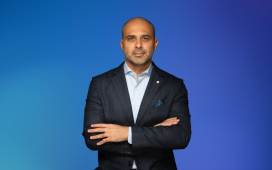There is something happening globally in the world of tech, and the Middle East is not left out. Looking at the evolution of tech in the last few years we can identify three waves: The first came with all things analogue, the second fostered the power of digital and the third creates a synergy between analogue and digital, called the internet of things (IOT).
Elgar Fleisch provided a simple definition: “The basic idea of the IOT is that virtually every physical thing in this world can also become a computer that is connected to the internet”. Marketers have historically been on the hunt to find new (suitable) supports they can use to communicate with their audiences, including analogue a
To continue reading this article you need to be registered with Campaign. Registration is free and only takes a minute. Register Now or sign in below if you already have an account.









